A Setback in Venice and the House in Centena
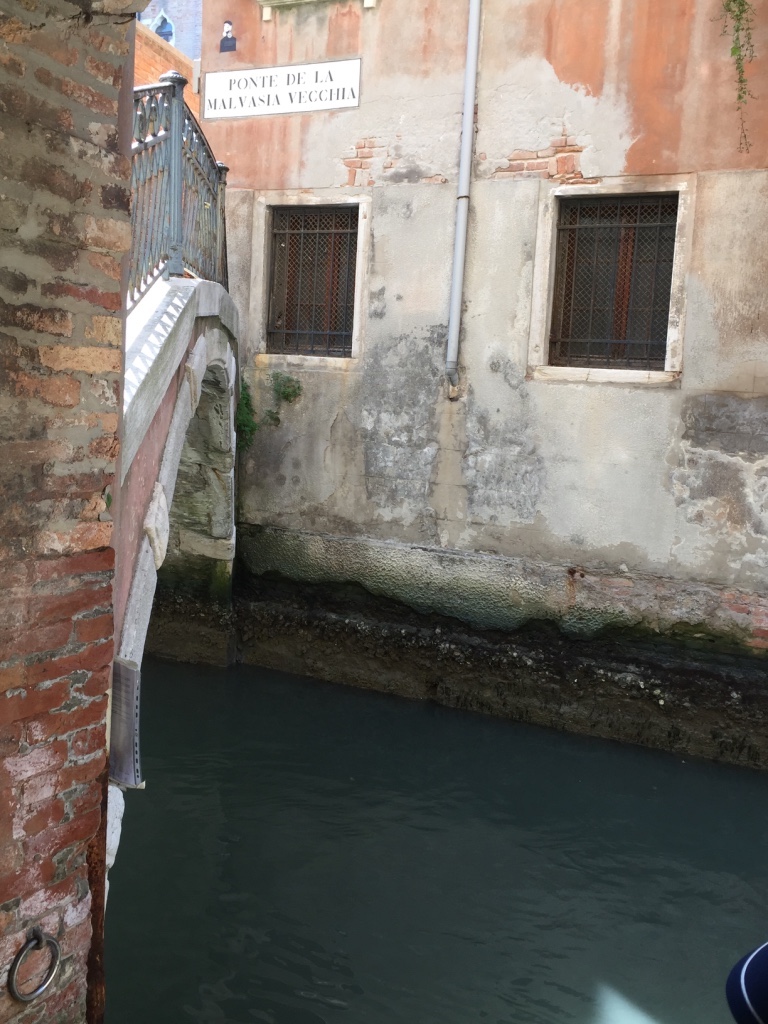
Antonella in Venice despairs, and we with her, that today Venice’s museums decided not to reopen on Monday despite the region’s all-clear to do so. “Too much uncertainty, too few visitors” say Venice’s museum directors.
Venetians eager to lay eyes on the art that they love, and those in the tourism sector, have all had their hopes crushed. The Accademia Gallery should welcome visitors at the end of the month. Palazzo Ducale now intends not to open till mid June.

Pazienza.
In Rome, restaurant owning friends are busy coordinating take out and delivery services. Their experiments have, from all that they have told me, exceeded modest expectations. They are posting regular irresistible film clips from their kitchen : making pesto, preparing suppli’ al telefono, stuffing zucchini flowers, rolling out pasta. They are also exhausted and not fully adapted to this new reality. Not all ingredients are available. Under today’s conditions in Italy, running a restaurant — even a take out restaurant — is really hard.
Some Italian restaurant owners, including Venice’s Arrigo Cipriani, say that the new social distancing regulation means they will never reopen. In Rome my restaurant owner friend is deeply concerned by how to transform available space in his 100 year old restaurant to meet the new criteria to allow two meters between tables. “Waiters in gloves and masks, that I can accept, but our famous antipasto table gone ? And let us not even discuss making a profit”, he adds.
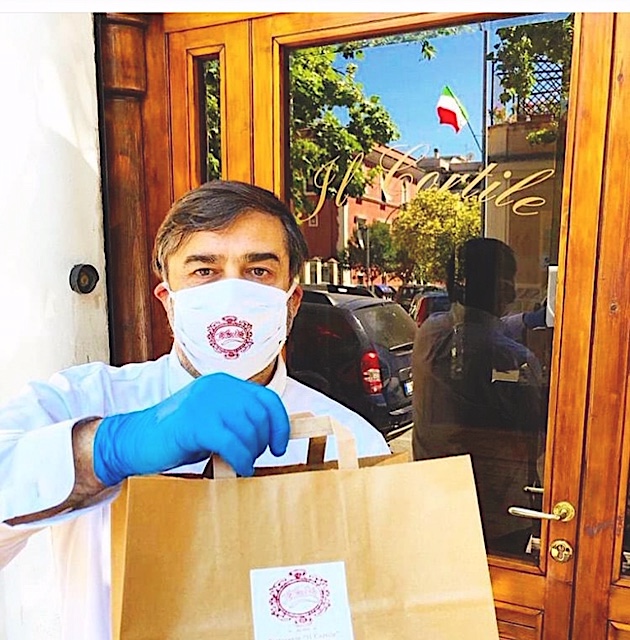
And 280 kilometers to the south, Giocondo in Furore (Amalfi) continues to use the gift of unexpected time to set to rights his family house in Centena. The house is a steep 20 minute uphill walk from his home. During the walk he photographs a peregrine falcon that is circling over the hills. He has watched it catching quails that it takes back to the nest to feed its chicks.
“The house was built around 1100-1200, and from that period date the well and the storeroom.
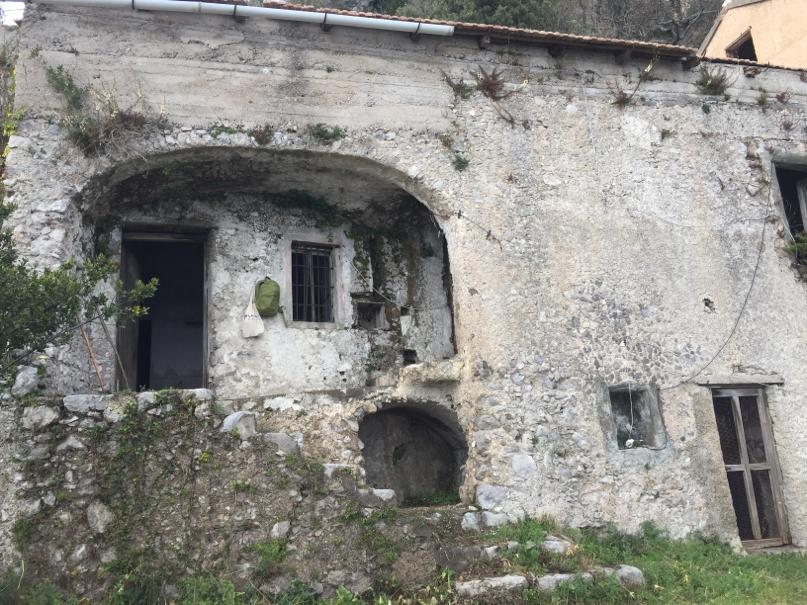
Later on the wine cellar and the olive mill were added. All the construction is in local limestone and volcanic lapollus, and is in the Romanesque style. The ceilings are vaulted. There were stables for cows, sheep and pigs, and pens for rabbits and hens.
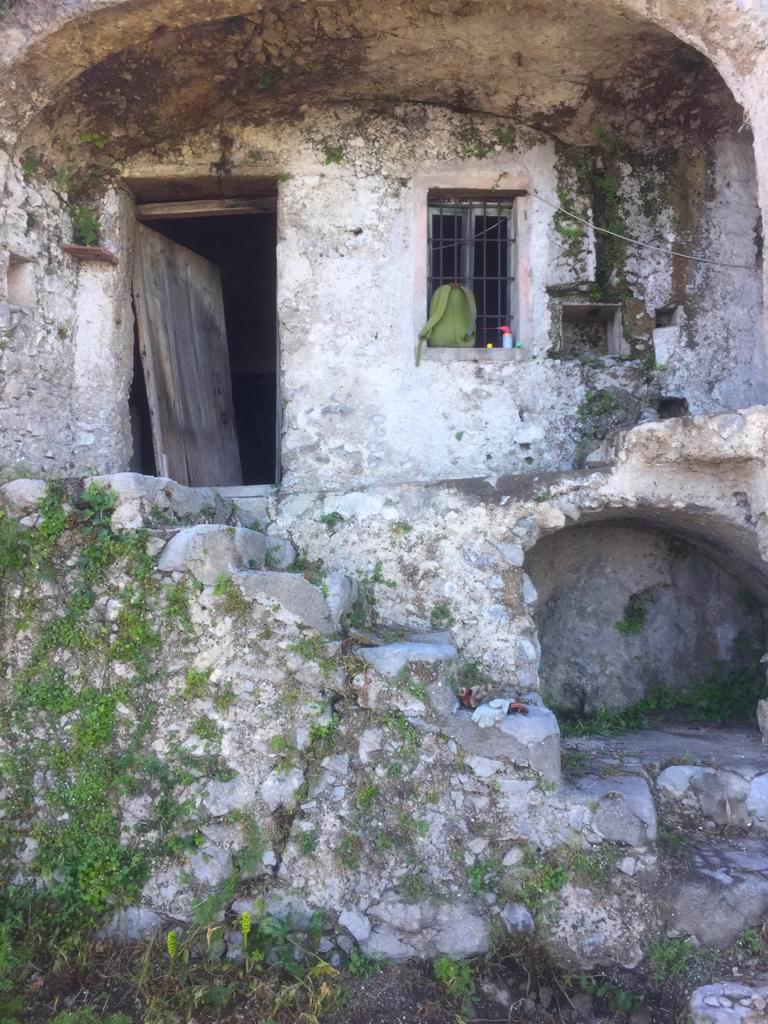
It was a wonderful agricultural construction but not habitable.
Around 1900 when my grandmother Giuseppa Imperati married Tommaso Gentile, the structure was enlarged and a wood fired oven was added as well as two bedrooms.
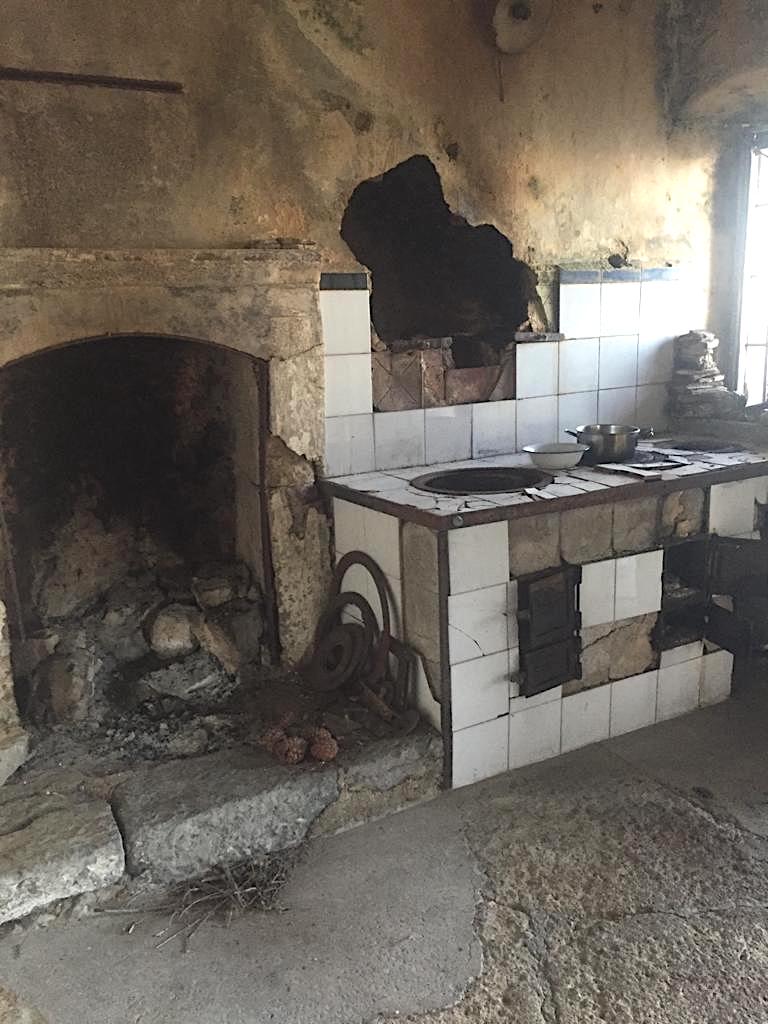
The kitchen had a wood burning stove. There was no running water in the kitchen, but rainwater was caught and stored in cisterns.
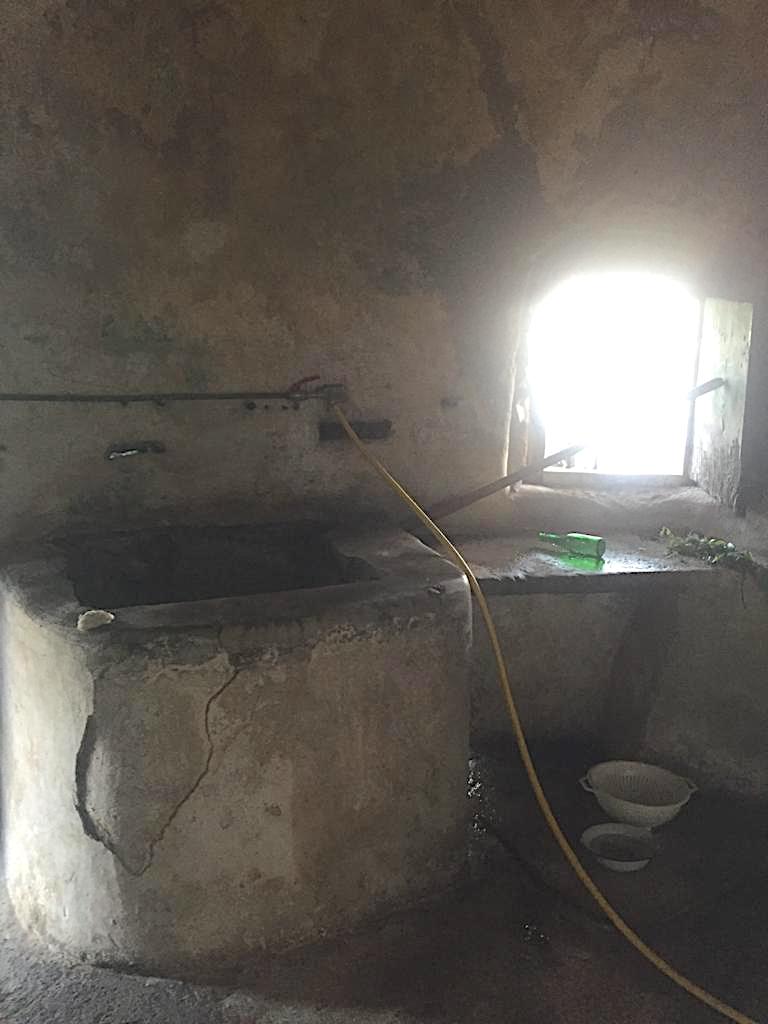
Adjoining the kitchen was a large dining room, and from this room departed a flight of eight steps.

These led up to the two spacious bedrooms.
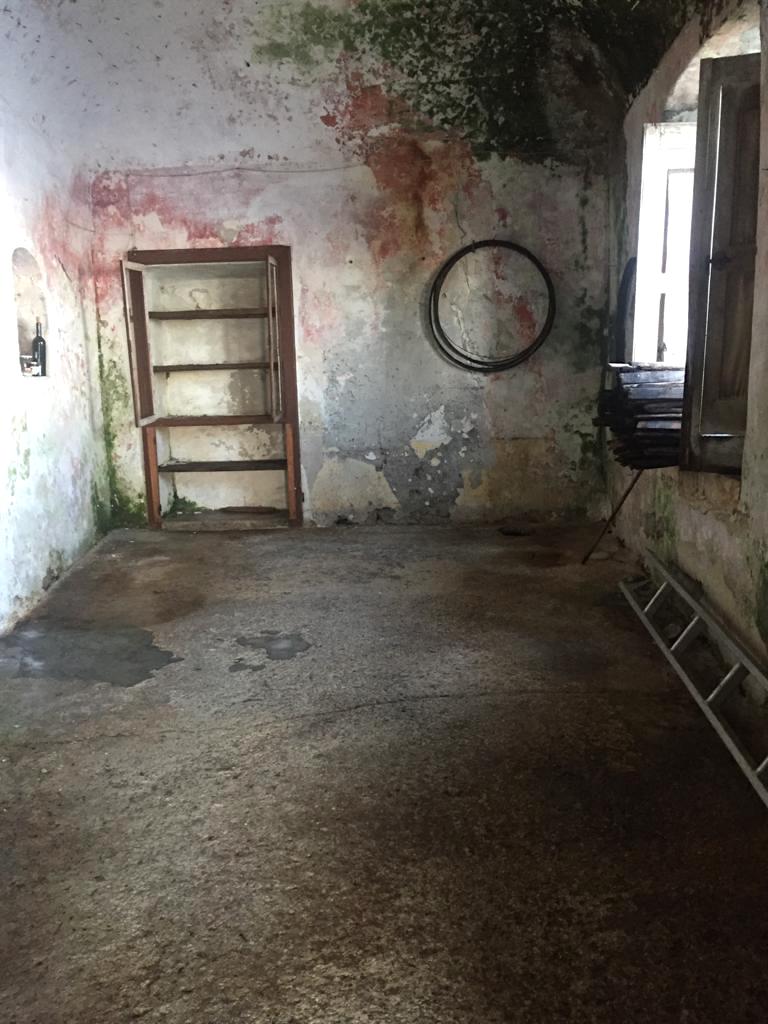
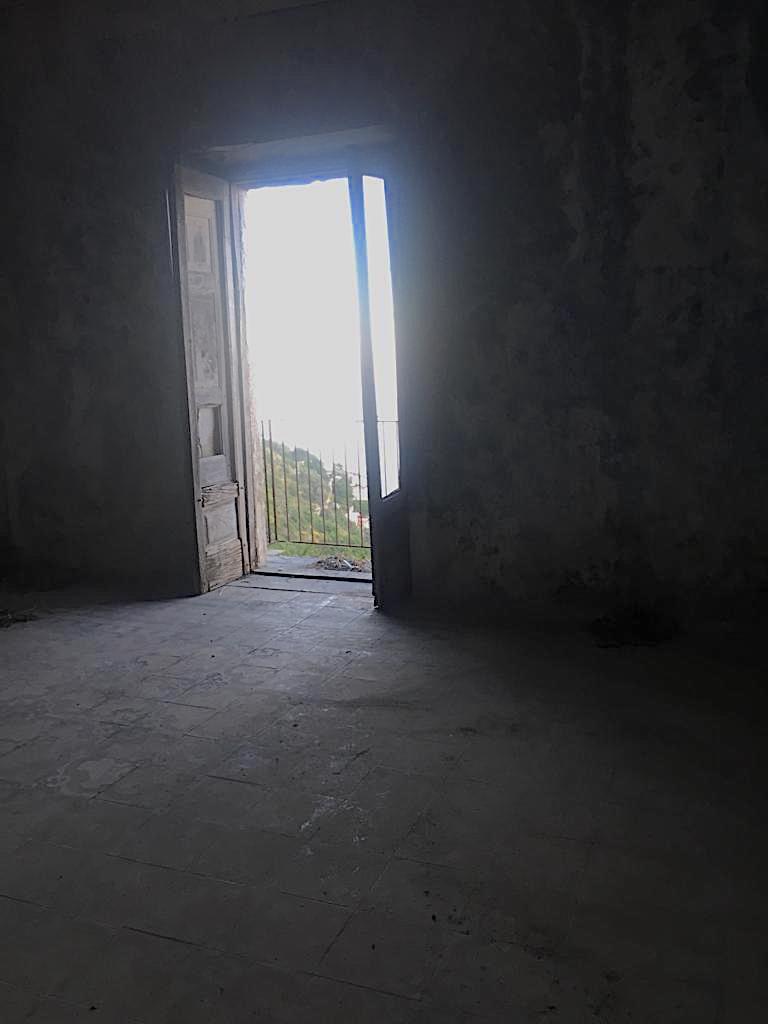
Above these was the attic where grain was stored.
Nonno and Nonna produced nine children, six girls and three boys. They worked hard and from their land reaped every possible necessity. Additionally they generated income from the land by selling wine, milk, potatoes, tomatoes, beans, figs, salami, hams, eggs, rabbits and chickens.
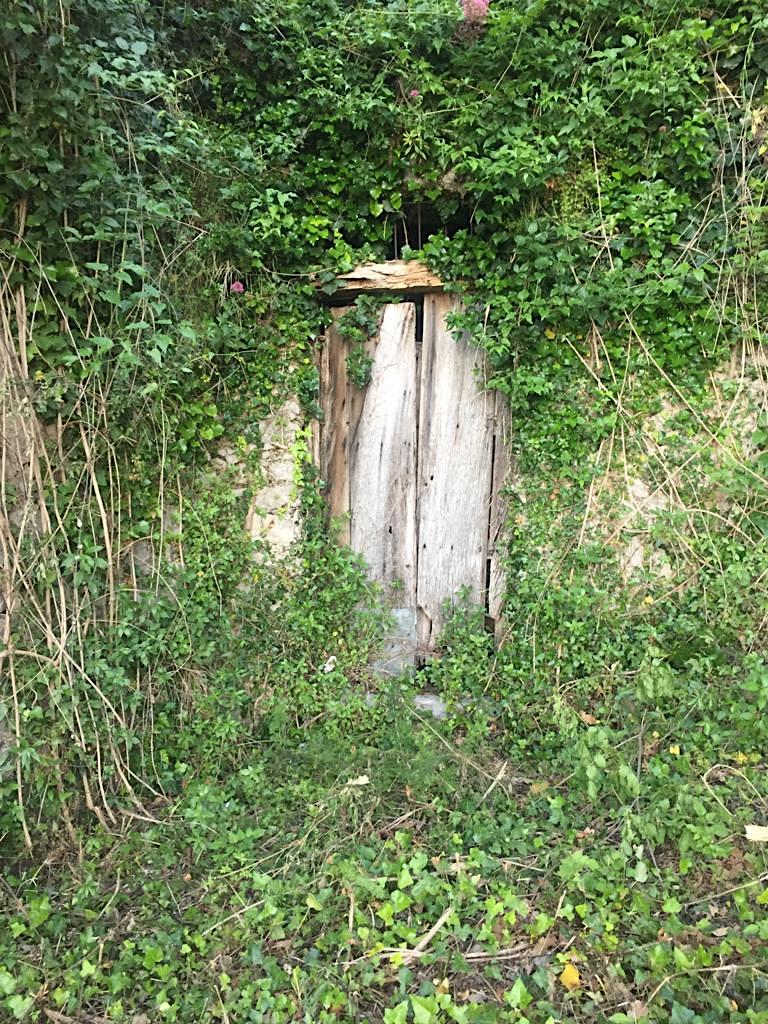
The house was inherited by their son Giuseppe, who married Zia Filuccia. They had no children, and lived here until 1980 or so, when they were too old to maintain the house and acquired an apartment in Furore. However Zio Giuseppe returned to look after his three chickens. He loved this piece of land so much, and did not want to loose contact with it.
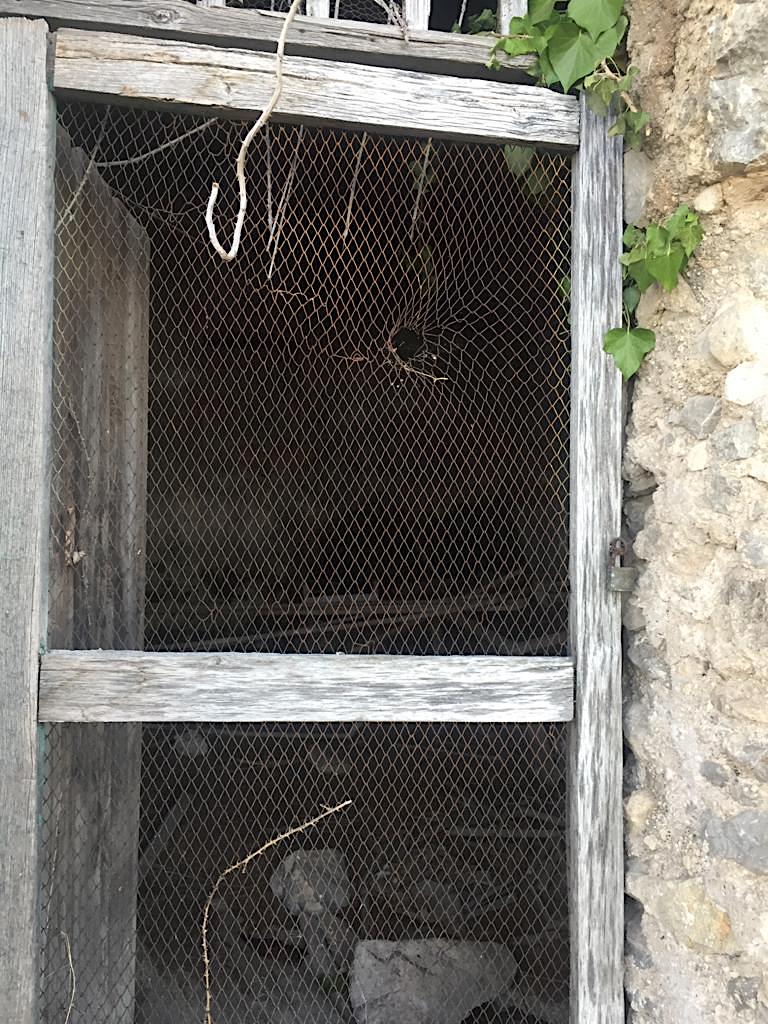
Today I started up the stove for the first time in forty years. This was a great emotion for me !
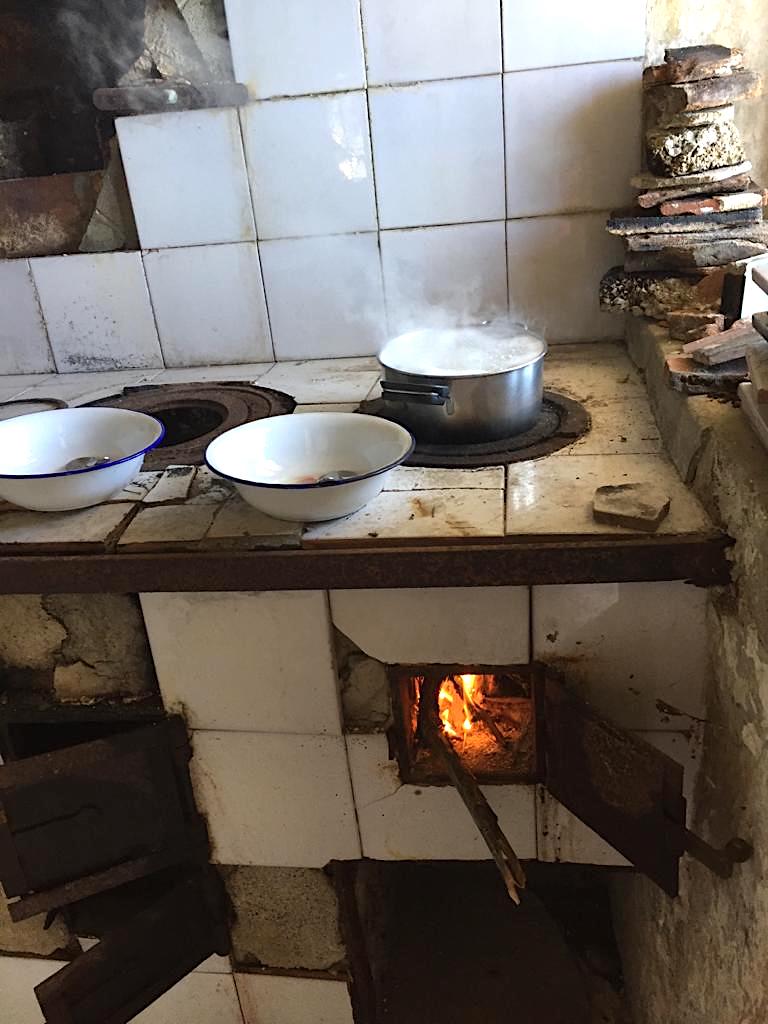
I prepared a ragù napoletano, simple, made on a slow fire : puree of piennolo tomato from Furore, onion, beef. This must cook gently for two hours. Very al dente pasta is added to it at the end, and must finish cooking directly in the sauce. Succulent !
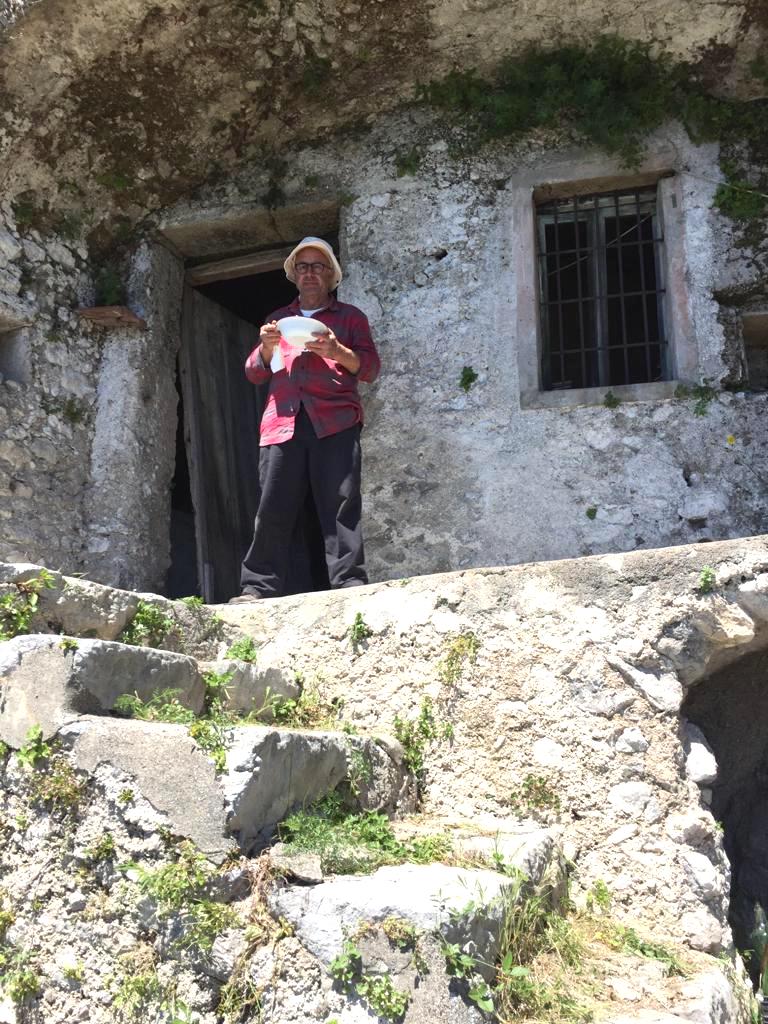
I have a woodsman who has been coming up at 5 in the morning and is burning the wild brush that has overtaken what was the orchard and the vegetable garden.
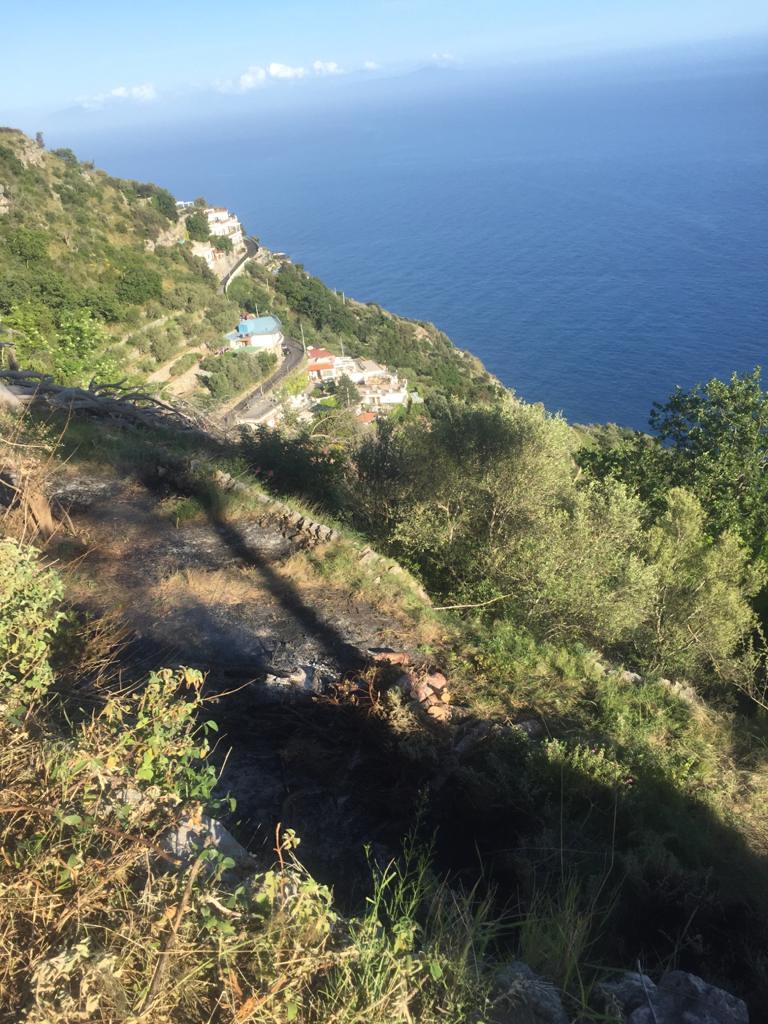
At noon I made lunch for him. He does not drink wine so I had to drink by myself, but only two glasses. Then I stayed because I wanted to trellis some of the grape vines that are still here, and still producing fruit. I also need to wait for the wood stove to burn out. By 8:30 or so my day was done.
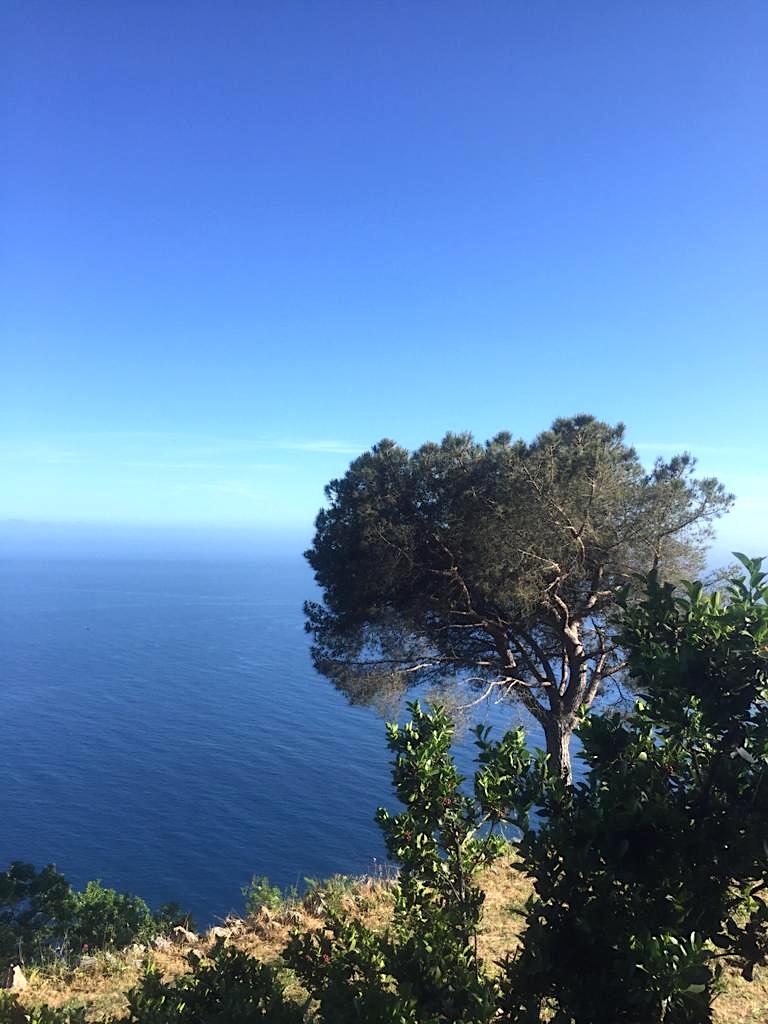
You ask me, Marjorie, what my hope would be for the house ? To return the land that surrounds it to the arcadia that it was, and to bring the house back to life.”
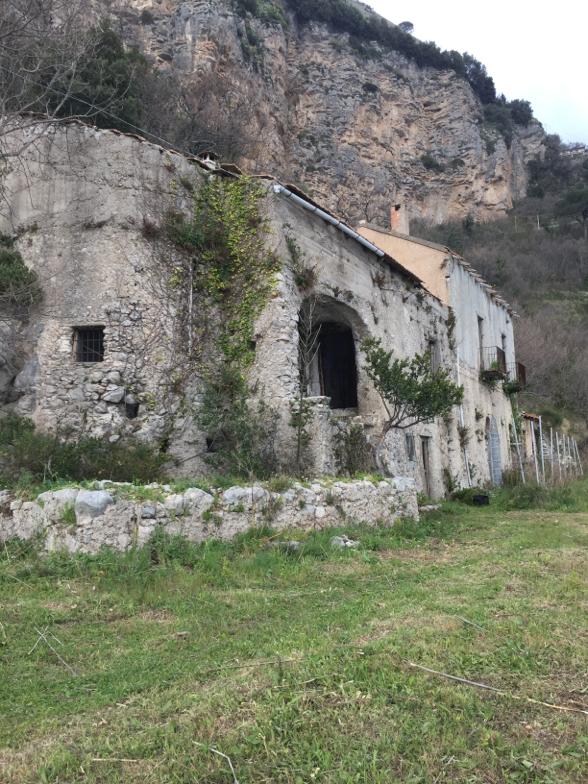

Meet Marjorie
Insider’s Italy is an experienced family business that draws on my family’s four generations of life in Italy. I personally plan your travels. It is my great joy to share with you my family’s hundred-year-plus archive of Italian delights, discoveries and special friends.
